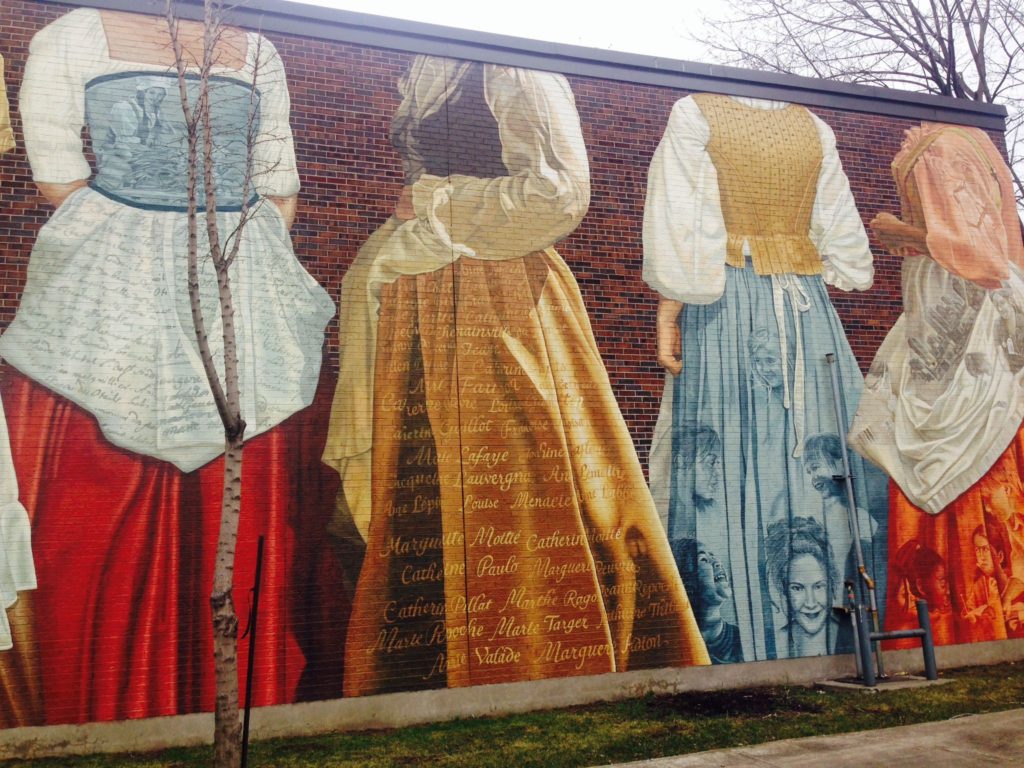
Les Filles du Roi, or The King’s Daughters, arrived in New France between 1663-1667 with the mission to repopulate the province.
King Louis XIV provided about 800-1000 young women mostly in their 20’s with dowries, clothes, supplies, and a place to live with the nuns.
These women boarded ships to the New World, leaving behind everything they knew in France. They suffered terrible conditions on these ships, from a lack of proper hygiene to the looming risk of sickness. If that weren’t enough, they also faced possible death on the very ship bringing them to new opportunities.
We today cannot imagine how uncomfortable these conditions must have been for months on end. Once onboard, these young women had no other choice but to tough it out on the dreadful, long voyage.
Boarding the ships into the unknown shows us their determination to leave their less fortunate lives in France. All for the chance of making a life in a land they never knew.
Through historical accounts, we can only get a glimpse of the challenging lives of these women. From history and current forms of storytelling, we can gather lessons from the past that can enlighten our modern times.
And the stories of these captivating women have a lot to teach us.
So what core values can we learn from Les Filles du Roi?

(Photo: Pierre Guzzo)
1) Grit
Going anywhere into the unknown is scary. So imagine boarding a ship to a location you’ve never been to in those times. You couldn’t look it up online and see if you might like the area. You boarded the ship for months and had to go along with whatever happened.
Many Filles du Roi were leaving behind broken lives in France. However, those hardships were only the beginning of the challenges they would face on their voyage.
Sickness was prevalent on these ships and some Filles du Roi died on board. For those left, it had to take grit to keep their wits about them in those unsanitary and horrifying conditions.
Even after they had built their life in New France with a husband, life was still grim with surviving the wilderness. And their married lives did not always mean happily ever after.
For the women in “Promised to the Crown,” a historical fiction novel that focuses on three Filles du Roi, they discover that their lives don’t change for the better in New France. They each suffer their own losses, but must find the strength within themselves to survive.
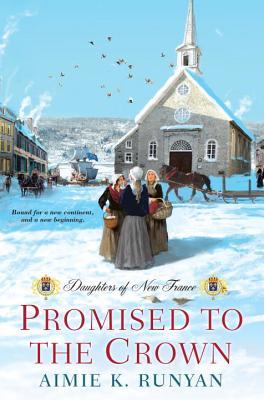
To keep going in a situation when everything is crumbling all around you, grit keeps even the smallest bit of hope alive. Their main focus had to be survival. They had to hold on until the day they were married to fulfill their promise of repopulating New France.
However, with this promise, slander was brought onto the names of the Filles du Roi. Even today, there is a narrative that the Filles du Roi were prostitutes. Although this has been debunked, this myth continues to live on.
Before we enter arguments to rightfully defend these women, remember how much resistance they were against in the 17th century. But this myth didn’t come out of thin air: somewhere along the line, it was spoken into existence.
Prior to the journey, they were already approved to become Filles du Roi, which required them to be “proper” women. What could these women do about slander besides striving to be the best wife and mother they could be?
When dealing with slander, defend yourself (or the proper young women in your ancestry). But set the record straight with your head held high with the confidence of knowing the truth about yourself. Sometimes, grit comes with holding back from wasting energy on ridiculous lies and knowing who you are above it all.
2) Courage
It is said that courage is being afraid, but facing the challenge anyway.
Some women had a change of heart about leaving France and decided to stay after all. This is not to suggest those specific women were not courageous. But deciding to get on that ship after others turned away is nothing short of bravely facing the unknown.
In “Alone in an Untamed Land,” a teenage girl named Hélène faces the same choice. She gets on the ship, but is torn between the only home she’s ever known and the chance at a new life in Montréal.
I may never see France again. I wept. My cheeks were damp with the mist and so I think that no one saw. I did not care if they did. I only wished to be alone inside myself and let the image of France burn into my mind.
Hélène St. Onge, Alone in an untamed land

Once arriving in New France, the surviving Filles du Roi found themselves among strangers: men, women, and landscape alike. The only people they knew were each other, navigating the harsh reality of 17th century country life.
This meant hard labor just to survive, especially during the freezing winters of New France that they were unfamiliar with.
Many of these young women were accustomed to city life in Paris and had to learn to prepare for what was coming.
3) Choice
You would think that at the time, the women would be put into an arranged marriage. But the Filles du Roi had free will over who they wanted to marry.
Even in the 17th century, when the reason they were asked to move was to populate the province, these women still held the power of making their own choice.
The nuns who housed the women planned socials for them to meet the men of New France. Which meant they could choose their future husband wisely and on their terms.
The Filles du Roi had a lot of power for women at the time.
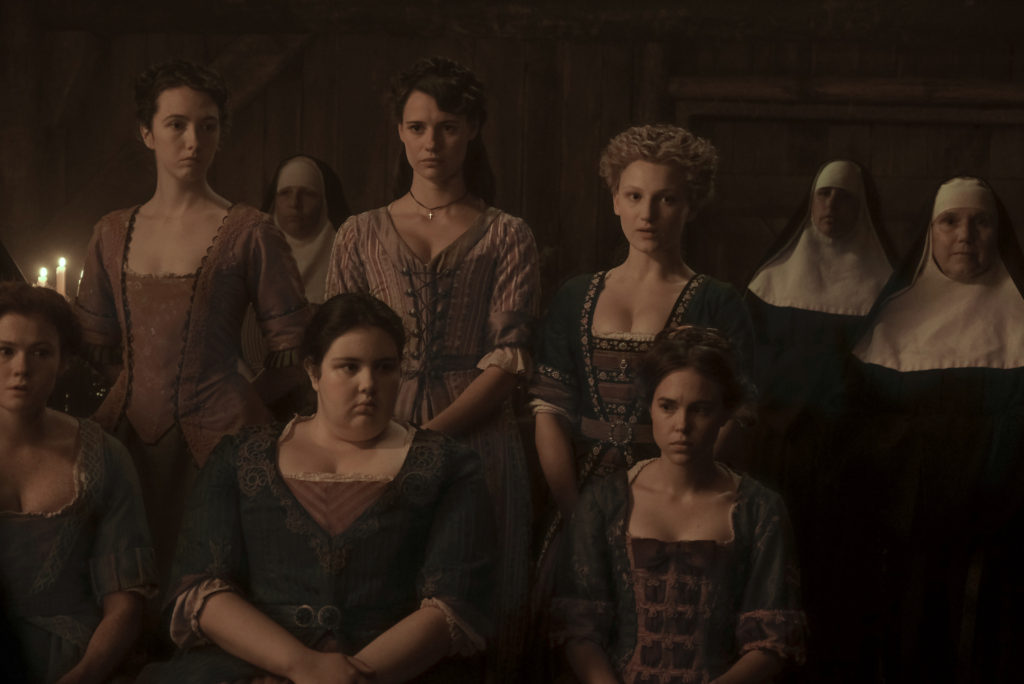
(National Geographic/Philippe Bosse)
Even if a man made a proposal to one of the Filles du Roi, the decision for the marriage to move forward was solely at the discretion of the woman. Only an approval from her would result in a marriage contract and a life together.
National Geographic’s Barkskins tv series (based on the novel by Annie Proulx), partially focuses on the Filles du Roi. The show portrays a matchmaking social to suggest what the mingling in New France might have been like for the men and women.
Melissande, the headstrong Filles du Roi, says she will only choose a rich man to provide for her. Meanwhile, her shy but devoted companion, Delphine, wants to choose a man for love and family.
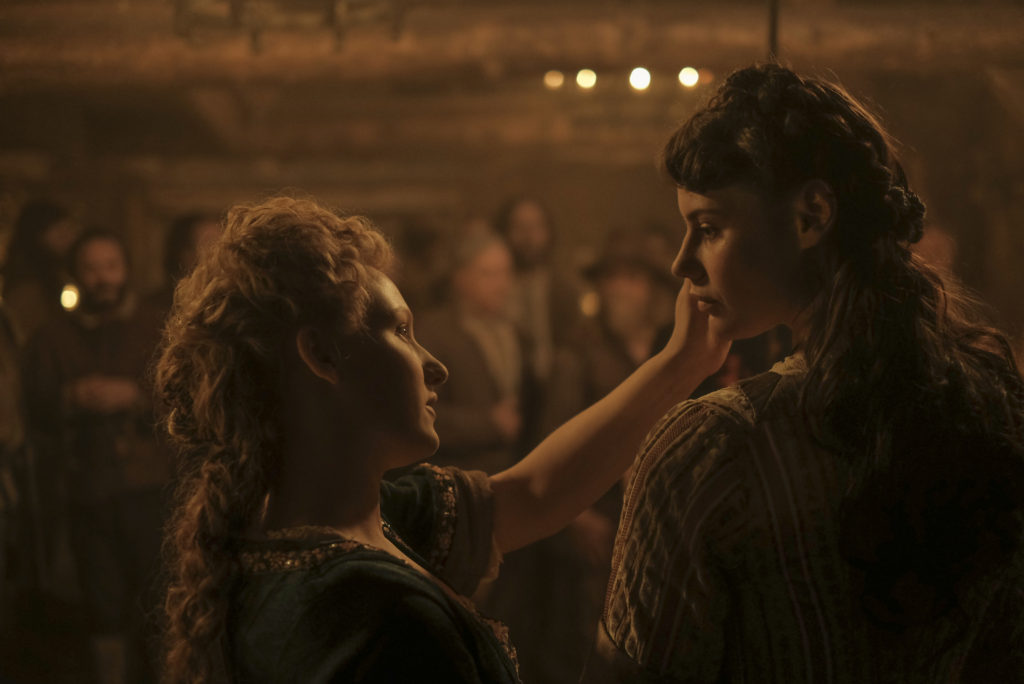
(National Geographic/Philippe Bosse)
If you put your mind to it, you can remake yourself here.
Melissande
No matter how different their wishes, they respect each other’s choice. They then focus on their own mission to find a husband and secure their new life.
4) Hope
The life of the Filles du Roi wasn’t all that great at the end of the day. Living in the 17th century as a woman was a harsh reality that we in modern times could not possibly imagine.
Living in Québec when the possibility of death came back every winter must have been terrifying. Not to mention many other threats from the wilderness year round.
With these unforgiving realities came childbirth in a time without proper hygiene, medical care, or painkillers. These women usually had many children to repopulate New France. Plus, they received payment for each child they had which created more incentive to have many children.
It was a life of horrendous labor pain, over and over again. So they grew their family, receiving those payments that were also crucial for survival. But with that pain came life and a future for French-Canadians in the land that would be known as Québec.
If it wasn’t for the Filles du Roi, there might not even be a province of Québec today. The hope for the future of New France fully relied on the Filles du Roi.
Because these women had hope for a new life, they kept the culture alive for generations of descendants they would never know. In our present time, we can remember the intense struggles these women experienced and become inspired to do our part in reviving the culture they saved.
Whether that is learning French, adding celebrations and holidays of days past to our calendars, sharing our culture with others, or other positive ways to show the world our remaining presence, we all have these women to thank.
We must remember that the reason we are here today as Québécois, French-Canadians, Acadians, and Franco-Americans is due to the Founding Mothers of Québec, our fierce Filles du Roi.
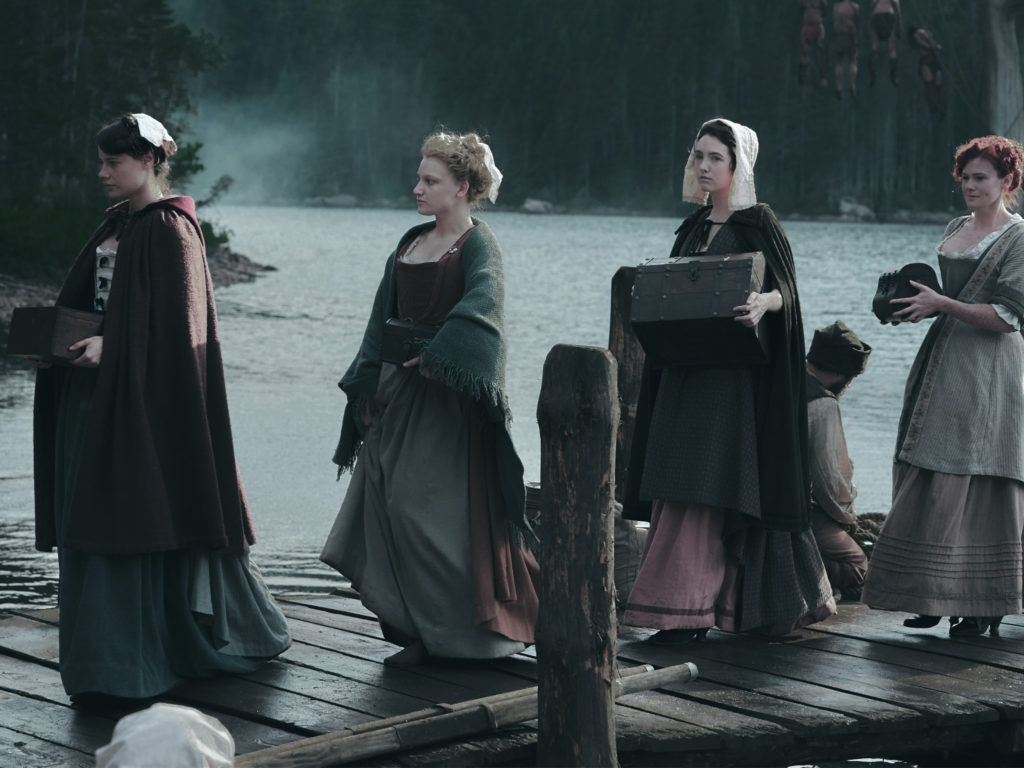

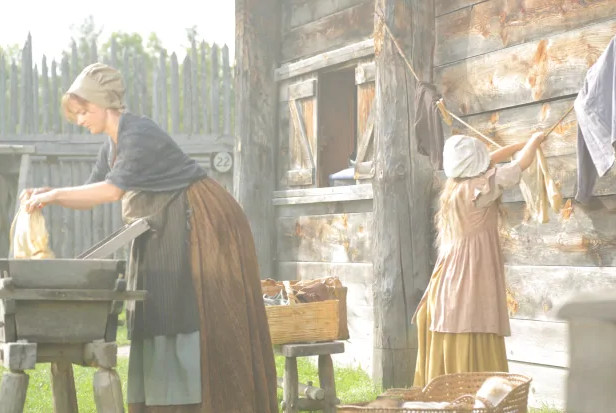

erotik
Very interesting subject , appreciate it for putting up. Paule Kinny Gianni
Sarah Chamberlain Reeds sarahjreeds2002@gmail.com
Doing my family tree, realize I have at least 5 in my father’s tree that would be my great aunts or that I am a descendant of, even have a picture that was painted of one of them My Heritage has connected me to them, i.am still working on it, but I am 88 now, not much time
Kathleen
My 7th great grandmother was Marie Faucon. She survived the ship and went on to have 14 children. How amazing to know who I got my “Grit””from. Although I cannot imagine having 14 children with no pain killers. Thank you Grandmother.
Jude Radke
Amen! One of my ancestors came from France, Jeanne Legendre, and was also a King’s daughter, and settled in New France with her husband, Jean Claude Savageau. I find that history fascinating. God Bless those women!
Patricia Moore
Seems like one generation back from your grandmother would not be in the time frame of the Filles de Roi. Is it possible that she might have been several more generations back
Jude Radke
Amen! One of my ancestors came from France, Jeanne Legendre, and was also a King’s daughter, and settled in New France with her husband, Jean Claude Savageau. I find that history fascinating. God Bless those women!